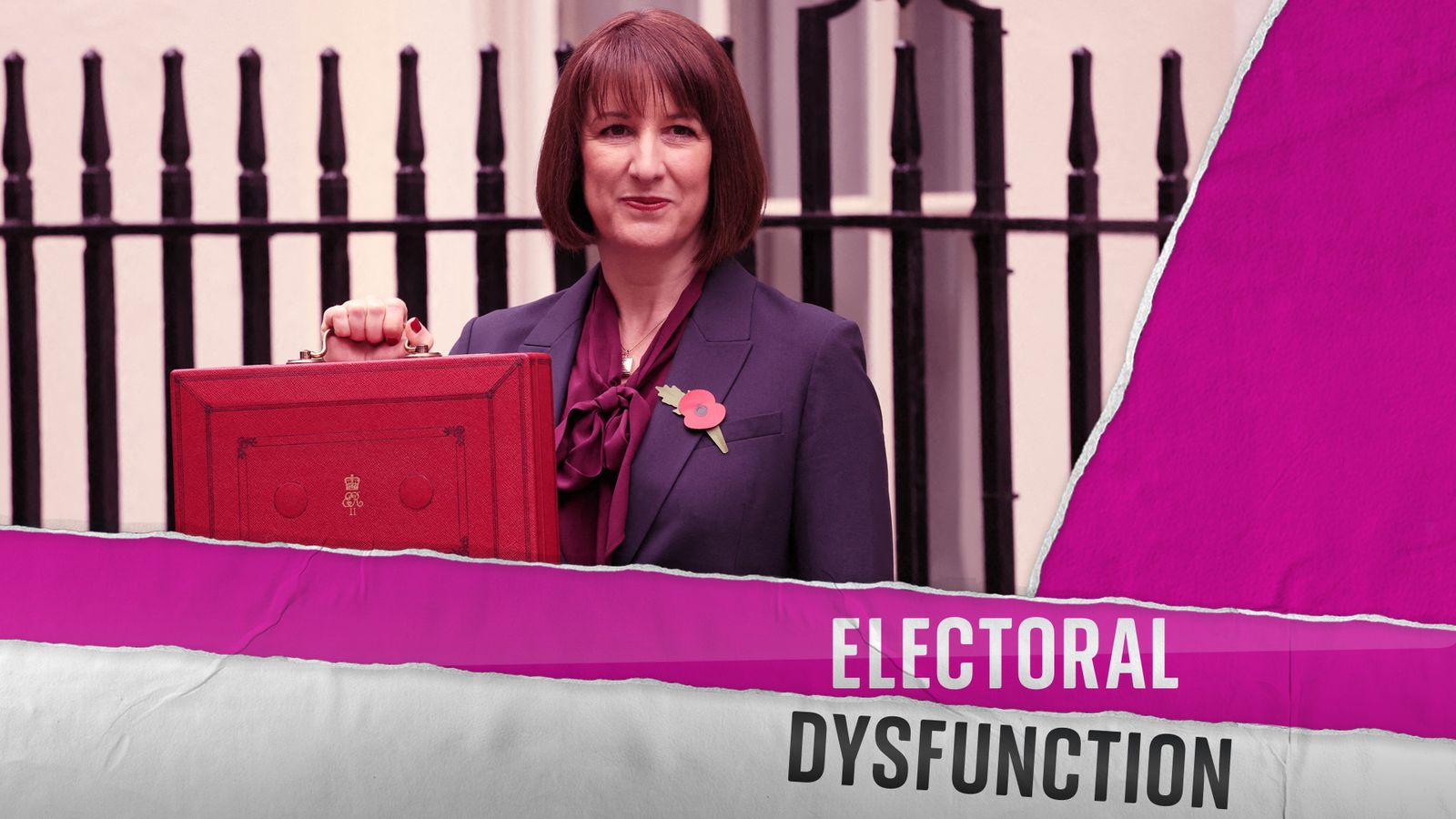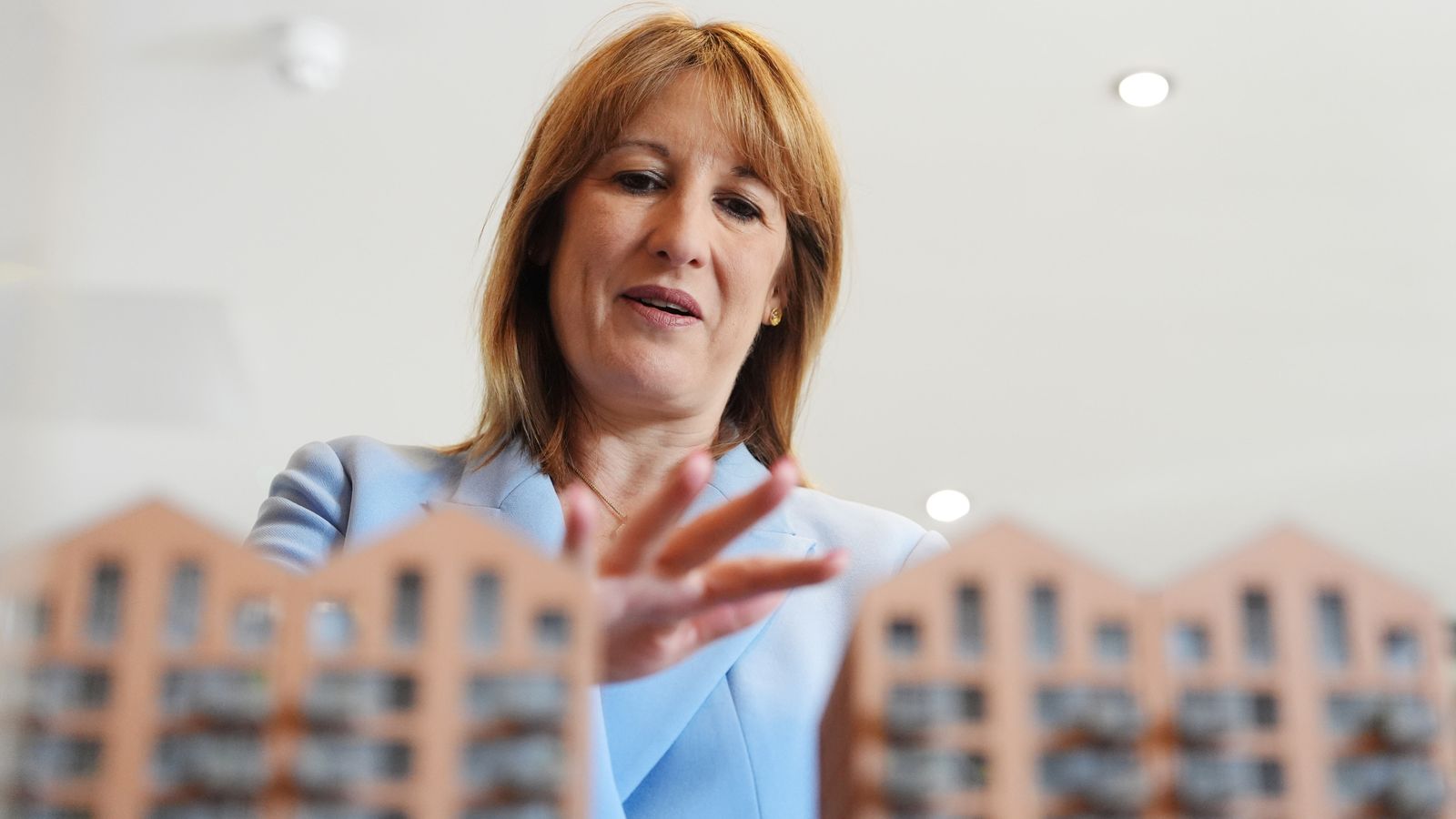How had nobody connected the dots and made the diagnosis before I did? (Picture: Punteha van Terhayden)
Most evenings I scroll through TikTok to unwind from the stresses of the day.
One night last summer, instead of my usual dose of silly cats and Karens in the wild, a video slid onto my FYP that made my hair stand on end.
In it, a woman in her 30s shared the unusually bendy things her body could do.
‘This,’ she said, pointing to her knees bending backwards, ‘isn’t normal.’ She went on to pull her little finger and thumb back more than 90 degrees, moving her shoulders forwards towards each other, stretching the skin on her hands, putting her hands flat on the floor with her legs straight. None were normal, she explained.
I stood in front of the mirror and replicated her movements as the video replayed. I could do almost all of the things she could.
The video explained her hypermobility – super bendy joints – and other symptoms like reflux, joint pain, daily dislocations, unusual injuries, and increasing immobility were due to a genetic connective tissue disorder called hypermobile Ehlers-Danlos Syndrome.
I immediately went to the NHS and EDS UK charity websites, and scoured through the symptoms and patient information pages. I watched more TikTok #heds videos, made a list of every inexplicable injury and symptom, hunted down the GP checklist and deeply buried clinical criteria for hEDS.
The more I researched, the more the last two decades of debilitating, increasingly immobilising and as yet unexplained pain across my body, made sense.
My hip cartilage tearing in pregnancy, wrist tendons bulging out an inch from writing or lifting a small suitcase, bursting a disc helping someone up the stairs, knee tendons ‘fraying’ from driving a manual car, my jaw joint popping out, coccyx twisting off to one side, pelvic joints sliding out of place…
I showed my husband Andy the list and his eyebrows shot up. ‘This could explain everything.’ As my daily de-facto carer; helping me dress, cook, lift things, drive, and so much more, nobody understood my declining health better than he did.
I couldn’t bend down, sit on the floor, stand up for long enough to boil the kettle, lift or even sometimes hug our daughter, or walk much, even with a walking stick.
After our intensive research, Andy and I became convinced that hEDS, which is caused by defective collagen – the molecular building blocks of the body – explained all my pain.
So why hadn’t one of the dozens of GPs, consultants, surgeons, physiotherapists, or chiropractors who had treated me since my early teens put it together? How had nobody connected the dots and made the diagnosis before I did?
Instead, I’d been given strong anti-inflammatories, opiates, and a plethora of other meds to ease symptoms, none of which really did the job.
Now, I was taking things firmly into my own hands.
I compiled a thick folder full of my family’s medical history, which revealed that one side of my family were affected with classic signs of hEDS – it turns out it’s genetic.
Having advocated for 11 years before my endometriosis was diagnosed, I knew I had to be fully armed for doctors to listen to me about this.
If I hadn’t stumbled across that TikTok video, I still wouldn’t know I have this disease (Picture: Punteha van Terhayden)
I became a member of EDS UK, giving me access to support groups online internationally, nationally and locally. As I read the posts, I was shocked to see that almost every health issue I battled was seemingly because of hEDS and unlike the general public, common in the hEDS community.
I am privileged to be able to pay for private healthcare, so I began researching what type of specialist I should see, asking online who was good in the Midlands.
My search eventually narrowed in on rheumatologists with a specialism in hEDS and connective tissue disorders. Otherwise, my hEDS may well be missed as I’ve heard stories from others with the condition who found consultants that didn’t believe it’s a real disease.
Finally, armed with my notes on the clinical criteria, GP checklist, full family history and the name of one particular private rheumatologist I wanted to see, I booked a double appointment with one sympathetic GP in our surgery.
She’d been trying to manage my immense pain for some time and though it took two months to see here face-to-face, I happily waited.
When I saw her in November and told her my hEDS theory, she thankfully said, ‘I think you’re spot on.’ She gave me the referral letter and four months later – because even privately the demand to see hEDS experts is high – I saw the rheumatologist I’d tracked down.
She listened to everything I’d shared with the GP previously, took in-depth medical history including the 13 surgeries I’d undergone and did an extensive full body examination.
Then she sat me down and said: ‘You’re right. You do have hypermobile Ehlers-Danlos Syndrome.’
I felt relief, sadness, and anger all at once.
Relief to have an answer for all my suffering, sad there was no cure, and anger that this progressive condition hadn’t been diagnosed 20 years earlier.
If it had, I would have known some of my pain was my joints dislocating daily so wouldn’t have done certain things or would have sought out body strengthening when my pain and inflammation wasn’t yet so debilitating.
I wouldn’t have spent 20 years pushing through pain or ignoring injuries.
Ironically, EDS’ unofficial tagline is ‘when you can’t connect the issues, think connective tissues.’ And not one medic I’d seen ever did.
EDS has 14 different types, one rarer than another. The most common one is hypermobile – estimated at 1 in 5000 – but it’s the only one that doesn’t yet have a genetic test. Scientists are inching closer.
This May EDS Awareness Month, I’m adding my voice to the charity’s #enoughisenough campaign, advocating for earlier diagnosis and better care and management moving forward.
I fall into the unlucky category of patients who cannot tolerate the lightest of physiotherapy without further injury so I’m out on the wind, grasping at straws to find a way to improve my health.
At only 36, and sliding into increasing disability and immobility, I acutely understand why hEDS patients so often feel abandoned and adrift in their health care.
A decade ago, it was my endometriosis that was next to impossible to raise awareness for but now the media is bringing tangible change and hope for sufferers including increased government funding for research.
EDS patients need the same. If I hadn’t stumbled across that TikTok video, I still wouldn’t know I have this disease. The onus to diagnose should be on doctors not patients and we need better care.
Do you have a story you’d like to share? Get in touch by emailing [email protected].
Share your views in the comments below.
MORE : Woman with polycystic ovary syndrome embraces facial hair and vows never to shave it
MORE : BBC denies ‘stigmatising’ ADHD in Panorama documentary after major backlash
MORE : Lewis Capaldi admits he might ‘pack in’ music career if mental health worsens
How had nobody connected the dots before I did?





